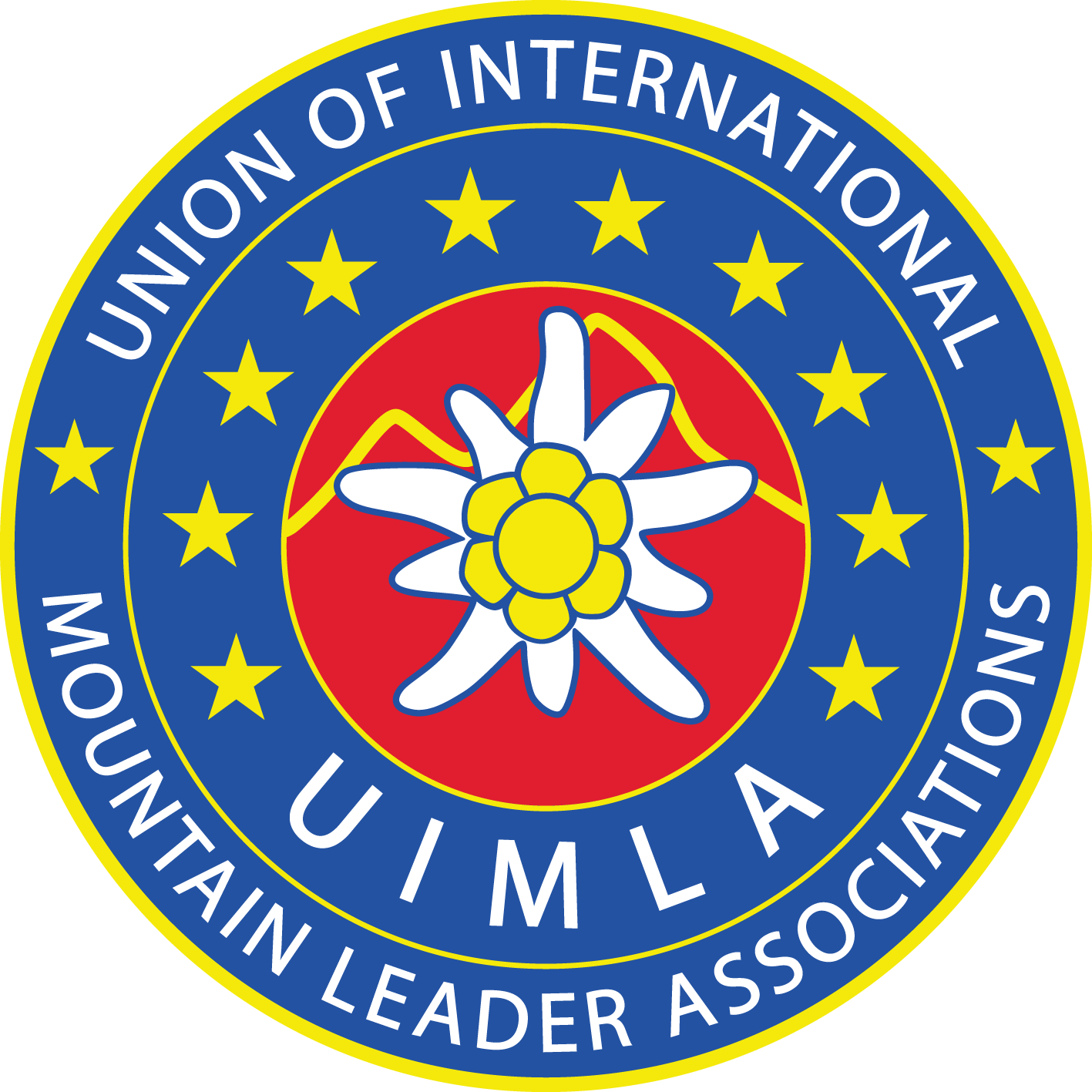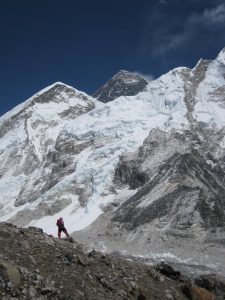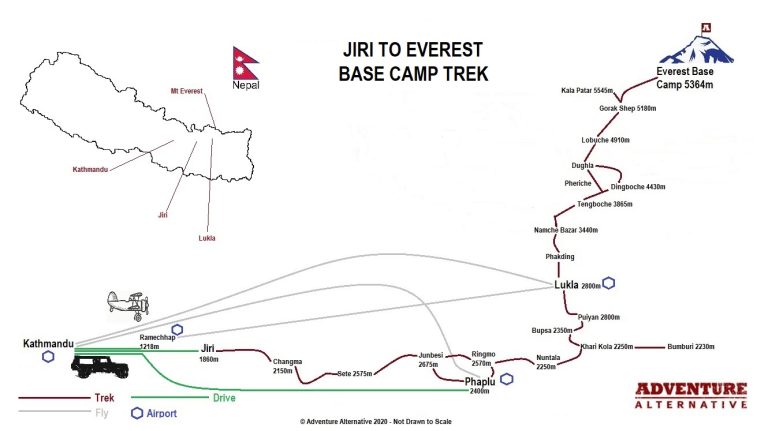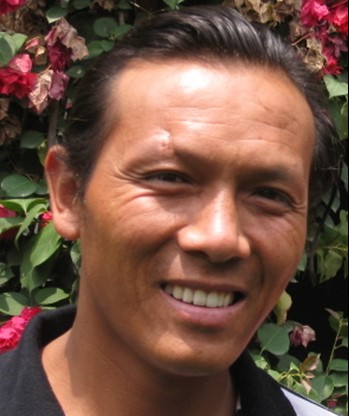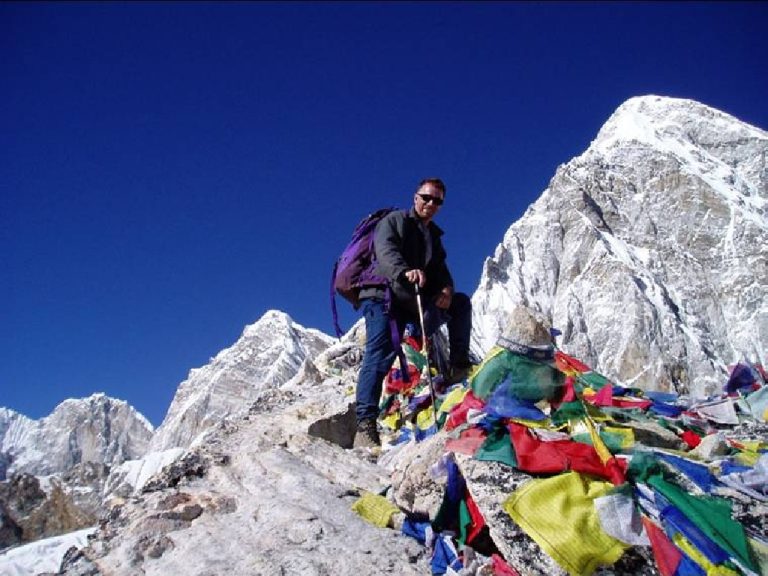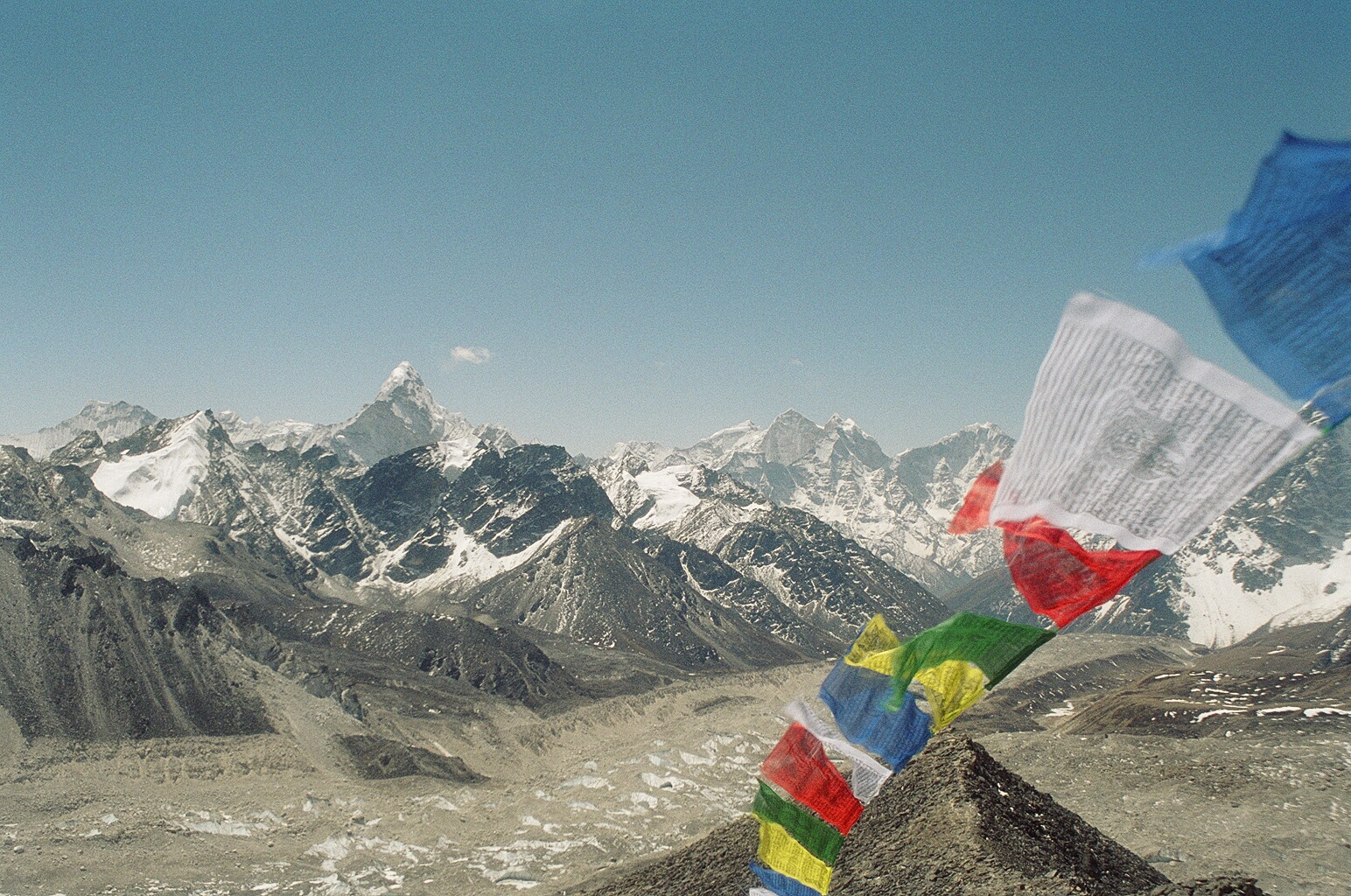
Everest Classic Trek
A slightly longer approach to Mt Everest base camp over 17 days trekking (20 days in total including travel) that travels by land from Kathmandu to Phaplu before an ascent through the foothills, bypassing Lukla, through the heart of the Himalaya to the foot of the highest mountain on Earth.
Overview
A spectacular 17 day trek (20 days in total including travel) that takes us from the foothills all the way up into the heart of the Himalaya at the foot of the highest mountains on earth. The time spent in the lower regions, below the main Everest trail, provides a window into the culture and lives of the legendary Sherpa people who are inseparable from the great stories of the Himalaya. The rich landscapes here will also provide a stunning prequel and counterpoint to the desolation of the upper mountain valleys.
This route follows the classic walk in of Sir Edmund Hillary and Tenzing Norgay Sherpa, made during the historic 1953 expedition to the summit of Mount Everest. They started slightly lower in Jiri, but this head start from Phaplu is now possible due to changing infrastructure.
Trekkers stay in lodges or homes of the hospitable Sherpa people, while a rest day in Bupsa gives you the opportunity to observe the work of our charity – The Moving Mountains Trust in the area, before continuing the ascent north to Lukla, Namche Bazaar and beyond towards Base Camp.
What Our Adventurers Think:
I am still coming to terms in my head about all that happened on the trip, it really was a life changing experience for me. I really enjoyed even those times when my diaphragm would not expand for me to take a deep breath and the tiredness was so great I could not take another step. I want to say that the porters were absolutely fantastic, and very supportive, I don’t think I could have made it without their support. It is an experience I will never forget, and I feel jealous that I won’t be able to join you on mount Everest. The whole of the Himalayas, witnessed by me in Indian movies as a child is an amazing place, thousand times better than the movies! Seeing you at base camp was surreal, but memorable. I loved the whole trip, all the people I met and I will definitely do it again, I think for me slow and steady did win the race, however on any future trip, I will improve my fitness, if possible. It will be a while before I go back though, because there are too many other exciting things to do before then. Many, many thanks for making this a great trip, and I look forward to travelling with you again.
Classic Everest Trek Itinerary
Arrive Kathmandu, Transfer to Hotel.
Kathmandu city sightseeing plus trek briefing.
Kathmandu to Paphlu by road, then trek towards Lukla via a number of small villages, ending up in Bupsa where you can visit some of the Moving Mountains projects and receive a puja in the village gompa.
Bupsa to Puiyan and overnight, then on to Phakding (where we meet other trekkers who fly into Lukla on the way to Everest). We follow the contour of the mountains and eventually dropping down to the Dudh Kosi river below Lukla, then continuing past Lukla to Phakding and maybe further to Monjo which is the entry into Sagamartha National Park, and up the steep hill to Namche Bazaar which is the Sherpa capital in the heart of the Khumbu region.
Namche is the major trading centre of the Khumbu, with Tibetans crossing the high Nangpa La Pass to reach the Saturday market. Nowadays there are also many equipment shops, internet, bank, post office, cafes, bars, lodges and hire shops. Rest here for a day (day 9) and take the chance to visit the Everest Museum.
Namche Bazaar to Debouche near the famous Thyangboche Monastery. The path out of Namche is initially steep and then opens out into a high valley, passing through villages like Pangboche before negotiating two steep hills. After this it is a short walk to the beautiful rhododendron glade where you will find the lodge.
Debouche to Dingboche. A gradual gradient up to Dingboche for another rest day (day 12). The path skirts the side of the valley with the river far below on your right and passing beneath the spectacular Ama Dablam. The village sits on the confluence of two valleys and is good farming land. In the neighbouring village of Pheriche it is important to visit the Himalayan Rescue Association to listen to the daily lecture on high altitude health, and get a check from the medical staff.
Dingboche to Lobuche. Trek up the high valley to Lobuche which is alongside the huge Khumbu Glacier. You can now easily feel the effects of the thin air as the hike takes us up to the Thukla Hills where there are many stupas erected in memory of Sherpas who have died on expeditions. Few plants live up here and it will be much colder in the evenings. It is important to walk slowly and listen to your body. Fatigue from lack of oxygen to your muscles is common, but some people may feel nauseous and suffer from headaches. Drink lots of liquid and keep warm, give your body maximum opportunity to recover.
Lobuche to Gorak Shep to Everest base camp, then back to our lodge at Gorak Shep. Hike on the glacial moraine to the final settlement of Gorak Shep. The views here are spectacular; Nuptse dominates the other side of the valley, behind which the black triangular peak of Everest is just visible. The giant wall of ice ahead is the border with Tibet. Gorak Shep is the last outpost, a small collection of huts just below a hill called Kala Patthar. After lunch we continue to Everest Base Camp to stand at the base of our planets highest peak, arriving at the small tented city where climbers congregate to climb the mountain is a surreal experience. There is a network of paths between the camps, a bakery, and a chance to have a chat with people. Before returning to Gorak Shep which is our final destination and traditionally the finest viewing point for Everest itself.
Early morning climb to the summit of Kala Patthar to see sun rise behind the peak of Everest. The climbing route through the Khumbu Icefall, into the Western Cwm and up the Lhotse Face to the South Col is clearly visible, with the SE ridge to the top on the right hand skyline side of the summit block. This is a tough walk in the cold and not to be underestimated. Take warm clothing. Back at the lodge for breakfast and a walk back to Lobuche and down to Pheriche.
Pheriche to Namche Bazaar then on to Lukla over two days
Additional Weather Day
Lukla flight to arrive in Kathmandu in the morning. Or, if you prefer you can walk for an additional day and then travel back to the city by road (min 2 extra days required).
Depart Kathmandu
Ready for an Adventure of a Lifetime?
Choose a scheduled date or contact us to set up private dates or a bespoke itinerary. The minimum deposit is £200.00 and the balance is due six weeks before travel.
Fixed Itineraries
| Start Date | End Date | Days | Price (per person) | |
|---|---|---|---|---|
| 01/04/2025 | 20/04/2025 | 20 | £1,895.00 | Book Now |
| 22/04/2025 | 11/05/2025 | 20 | £1,895.00 | Book Now |
| 28/10/2025 | 16/11/2025 | 20 | £1,895.00 | Book Now |
| 11/11/2025 | 30/11/2025 | 20 | £1,895.00 | Book Now |
Private Itineraries
Our Everest Classic Trek Experts
Pasang Tendi Sherpa is one of the company directors in Nepal and a mountain leader. He has been working with Adventure Alternative since 2005 and has made three climbs of Mount Everest with Gavin.
He lives in New York with his wife Sarasoti and their two children Jubilee and Elli Dolma, and he travels to Nepal during the trekking seasons and helps manage the company and run some treks and climbs.
He has had plenty of experience managing expedition and...
Classic Everest Trek Cost £1,895.00
INCLUDES
- Airport transfers
- Internal transport to the mountains and back.
- Accommodation in lodges/tea houses (twin rooms with beds and mattresses)
- Three meals per day during the trek
- Sagamartha National Park Fees, VDC fees
- Sherpa guides (English speaking, trained in first aid)
- Porters (1 per member, carries 15kgs)
- Staff food, insurance and equipment
EXCLUDES
- International flight to Kathmandu
- Meals and drinks in Kathmandu
- Personal costs like additional drinks, laundry, hot showers, boiled water
- Travel and medical insurance including helicopter evacuation
- Visa
- Tips (~£50)
- Sightseeing Tours
Payments
A deposit of £200 is required on booking to secure your place and we ask that the remaining balance is paid in full 6 weeks prior to your departure.
Flight Delays in Lukla
The mountain flight in and out of Lukla which is where most treks begin and end in the Khumbu (Everest) region can be delayed due to bad weather. Normally it is for about 24 hours but it can be longer. We recommend you allow some time in Kathmandu after the specified day of the internal flight just in case. There is more information about Himalayan flight delays.
Some people choose to cancel the internal flight and book a helicopter which can fly below the cloud level and is not so determined by the weather. This is possible but there are no fixed prices for a seat on the helicopter. There are now around 12 helicopter companies operating and we can check them all for you.
For a one way place on the helicopter to Lukla can cost around $500.00 minimum. The cancelled portion of your aeroplane flight can be refunded and used to offset this figure, which is about $170.00 for a one way sector, so there would be a balance to pay for the helicopter. You can use your credit card to cover off this additional expenditure.
Unfortunately there is nothing we can do if the flight is delayed. Sometimes you can end up waiting in the airport from early hours to get the ‘green light’ to go, only to find yourself back in the hotel by mid morning. People do get very frustrated because it can impact on the trekking itinerary. A helicopter is one option, or else to wait until the weather improves. However, if it does not then very quickly a queue of people at either end can build up, and it is always hard to get priority for when the weather clears. The airline companies put as many planes on as possible to clear the backlog.
We try to assist as best we can, but it’s important to accept that the route has this potential delay and also that it’s advisable to book the international flight home a little later in case the delay affects your return ticket.
There is another option which is to drive to Paphlu and then take a jeep on the new road as far as it will go and then walk to Lukla. This option takes more days – three in total each way currently – and there is a saving but only of about $70 compared to the flight.
Summary of the Classic Everest Itinerary
The trek begins in Paphlu, climbing steeply through forests, deep gorges with bridges and many villages until reaching Lukla, where the gradient of the path becomes less steep, however, still with lots of ups and downs until reaching Namche Bazaar.
Above Namche Bazaar, capital town of the Khumbu, the path enters the high Himalayan valleys with large fast flowing rivers and surrounded by very high peaks. The gradient is consistent and gradual, villages are further apart and it is colder and more exposed. The exposure to altitude makes the walking harder and the likelihood of altitude sickness higher, so it is necessary to allow rest days and walk very slowly.
Everest itself is at the head of the valley, a vast cul de sac with the Tibetan border on the other side of an impassable wall. The final days involve hiking along the edge of, and eventually on top of, the Khumbu Glacier, and it is noticeably colder at night.
Altitude Profile
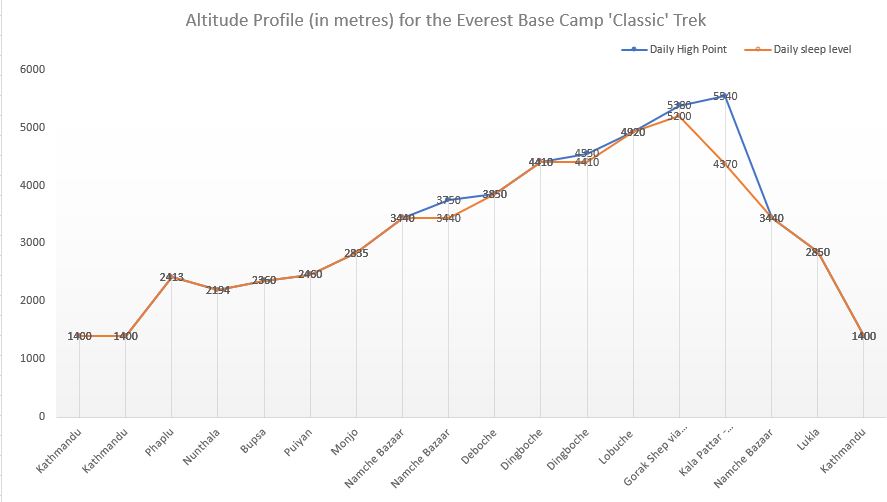
Description of Terrain
The trek is on a well trodden path though this can be rocky and uneven in parts. It is not precipitous and there is no rock climbing or ‘mountaineering’ which requires equipment. It is a walk all the way, although some of the hills can be steep and never-ending and occasionally! You will find the lower section more up and down, which is great fitness training for when you’re higher up. Higher up the days and distance covered are shorter due to gaining in altitude.
Poles are useful, depending on conditions and especially so if you have any problems with your knees. Higher up, the open slopes and moraine may give you added reassurance with a pole, but again the path is quite easy to follow.
Medium weight hiking boots with a high ankle are recommended for this trek, to protect you against possibly going over on an ankle and ensure that they’re big enough to add warm socks when up high and don’t forget that your feet will swell slightly at altitude. You can use heavier boots if you like, but they can be hot, heavy and cumbersome lower down, in which case also bring a pair of trek shoes or cross trainers for that section.
The terrain is never dangerous or precipitous, it is still just a walk, but requiring the usual care and caution. There is no climbing or special equipment required. However, we recommend you review our Nepal packing list to ensure you’re properly prepared.
Accommodation
Accommodation on the trek will be in comfortable lodges run by local families, unless people specify a preference for tents. Each lodge has a central communal area with stove, while the bedrooms are unheated with two beds and mattresses, blanket and pillows. You will need to bring a sleeping bag (3 season is normally enough). The lodges generally have showers which are powered by gas and some use the infamous ‘drop’ toilets, though most now have flush systems now. You’ll notice a difference between lodges below and above Lukla with those above being larger and more modern and below being more traditional and cosy.
Food on the trek is very good quality, and a mixture of local Nepali / Sherpa & Rai food and more so above Lukla 0 western recipes. Burgers and chips are a common meal, as is dal bhat with rice. You will find everything from fresh pastries to beer, stir fries to deep fried Mars bars available in the lodges and shops a Nepal price guide can be found here. And there are many shops selling all types of drinks and snacks, sweets and chocolate. The biggest challenge will be avoiding all the unhealthy foods and sticking to a simple diet of rice and dal!
Packing List
The basic idea of the kit that you need to take is to keep you warm, dry, protected from the sun, able to move comfortably in the mountains and able to be comfortable in the evenings and at night.
You will be given a detailed kit list after booking, but the main points to cover are as follows:-
- BAGS – Rucksack or duffle bag for a porter to carry plus a day pack to be carried by you
- SHELL – Top and bottom waterproofs to keep off wind/rain
- LAYERS – Shirts, trousers, shorts, Tshirts, jumpers and jackets, hats and gloves
- BASELAYER – Thin layers to wick away any sweat and to wear for cold mornings
- FEET – Comfortable boots with a good sole and ankle support. Lighter footwear to change into in the evenings.
- SLEEPING – Warm sleeping bag (3 or 4 season) to get a good nights sleep at the lodges (they also have blankets)
- DRINKING – Water bottles should be hard plastic (Nalgene), not throwaway bottles.
- WASHING & MEDICAL – wash kit, towel, first aid kit
- SUN CARE – sunglasses, sunhat
- TREKKING – trekking poles, umbrella, dry bags
- PERSONAL ITEMS – cameras, books, music
We also hire lot’s of equipment which can be seen in the ‘Extras’ tab. If you look at the ‘More Information’ section you will find in-depth details covering a Packing List for Nepal, Trekking Boots, Sleeping bags and Local prices. In Kathmandu has an area called Thamel which is full of hundreds of equipment shops, each one an emporium of new, used, quality and fake equipment all very reasonably priced for rental and buying. You can buy almost anything needed for any trek.
If you have any questions about what kit to bring then to please call or email us. Do consider this is a long trek though it is possible to wash items en route however drying them can at times be difficult, especially higher up, though there are rest days. You must be prepared for cold conditions when up high, hopefully that won’t be the case, but best to prepare with good insulating layers and windproof outer shells.
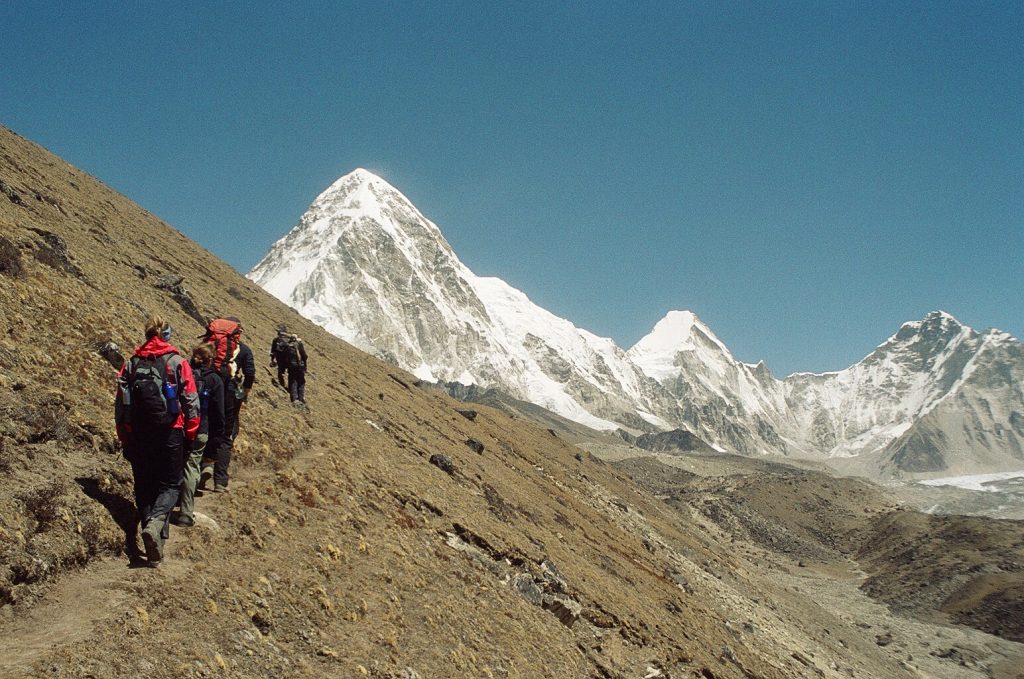
Do have a read of our various Blogs about treks in Nepal and also the ‘More Information’ section, both have tabs on this page and will answer every question you may have! We also have a lot of useful information on our Nepal Preparation page.
Frequently Asked Questions
Key Information & Guides
General Nepal Information
Health and Safety Guides
Preparation & Kit Guides
Book Your Adventure of a Lifetime Now
Discover our trips to other Countries
Other Trips You May Enjoy
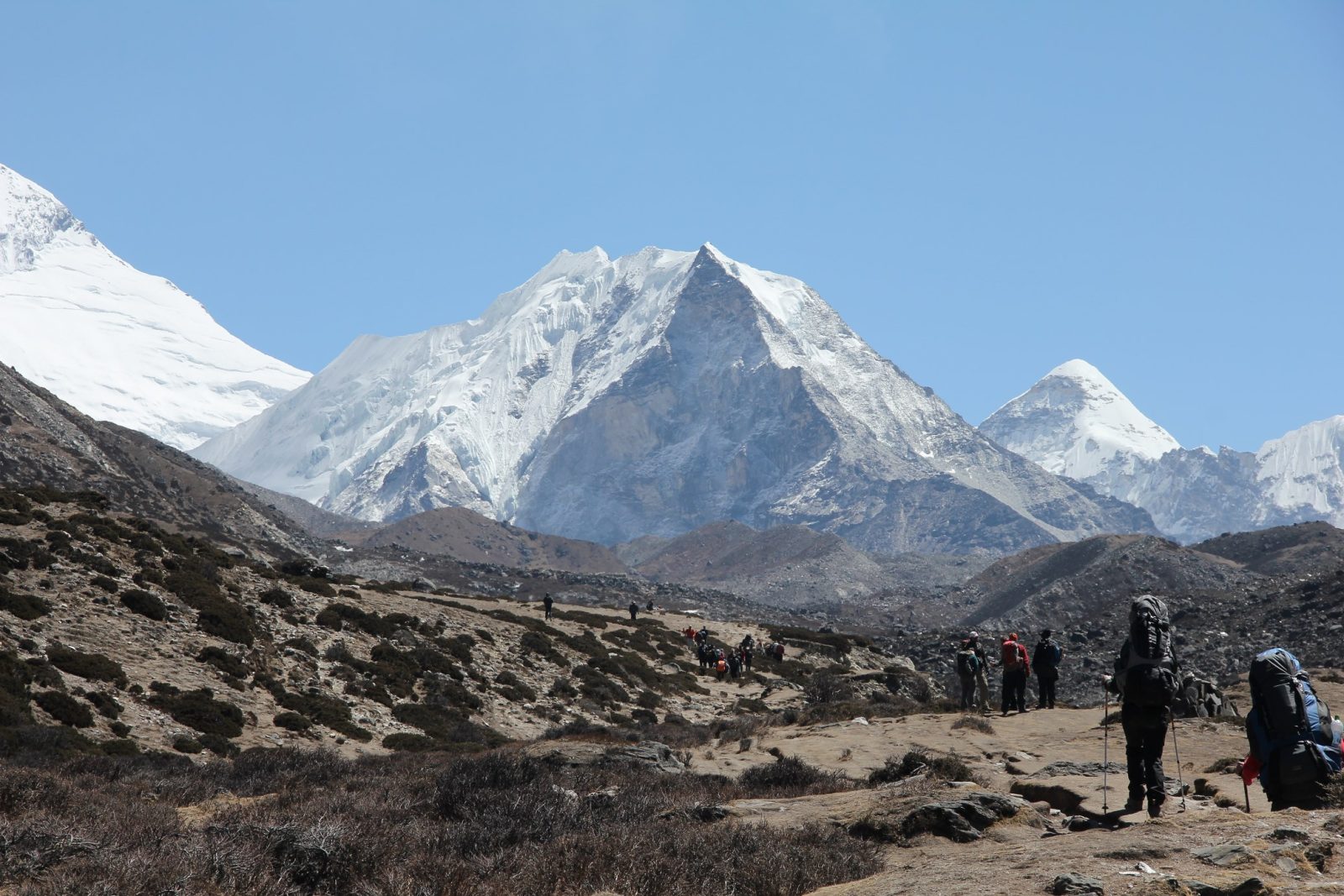
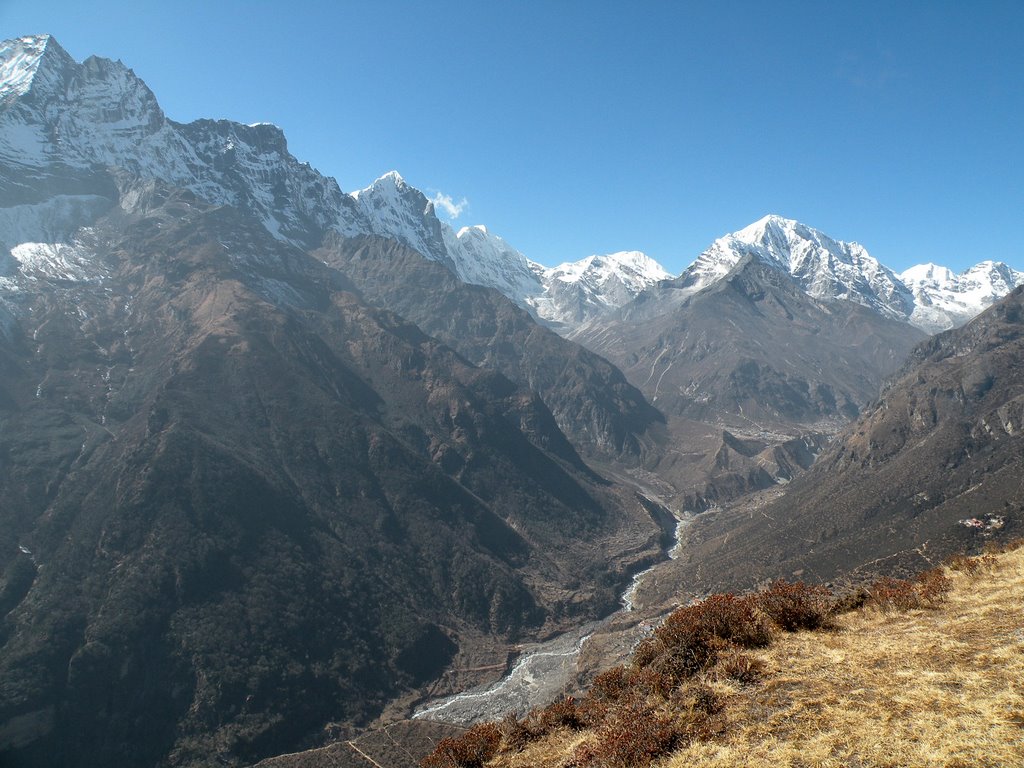
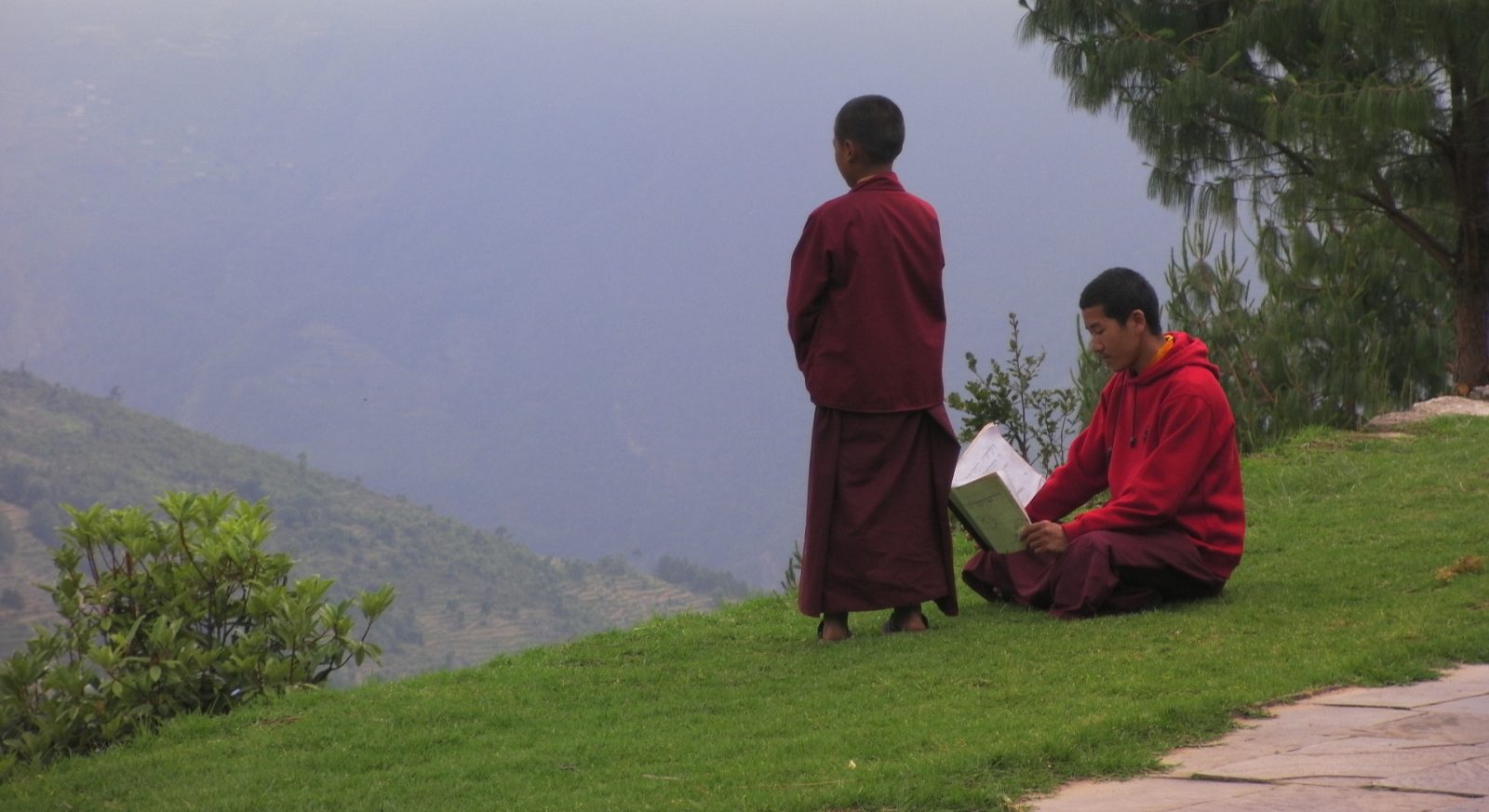
Our Nepal Posts
We’re dedicated to helping you make the most of your next adventure trekking holiday. That’s why we’ve created our travel blog full of in-depth trekking guides, travel inspiration and other fantastic information. Having done all of these climbs many times already, we want to pass on our wealth of trekking wisdom to you.

Happy New Year Nepal!
Although our calendar, the Gregorian calendar, is recognised in Nepal they also have others which are used so it's also currently the...
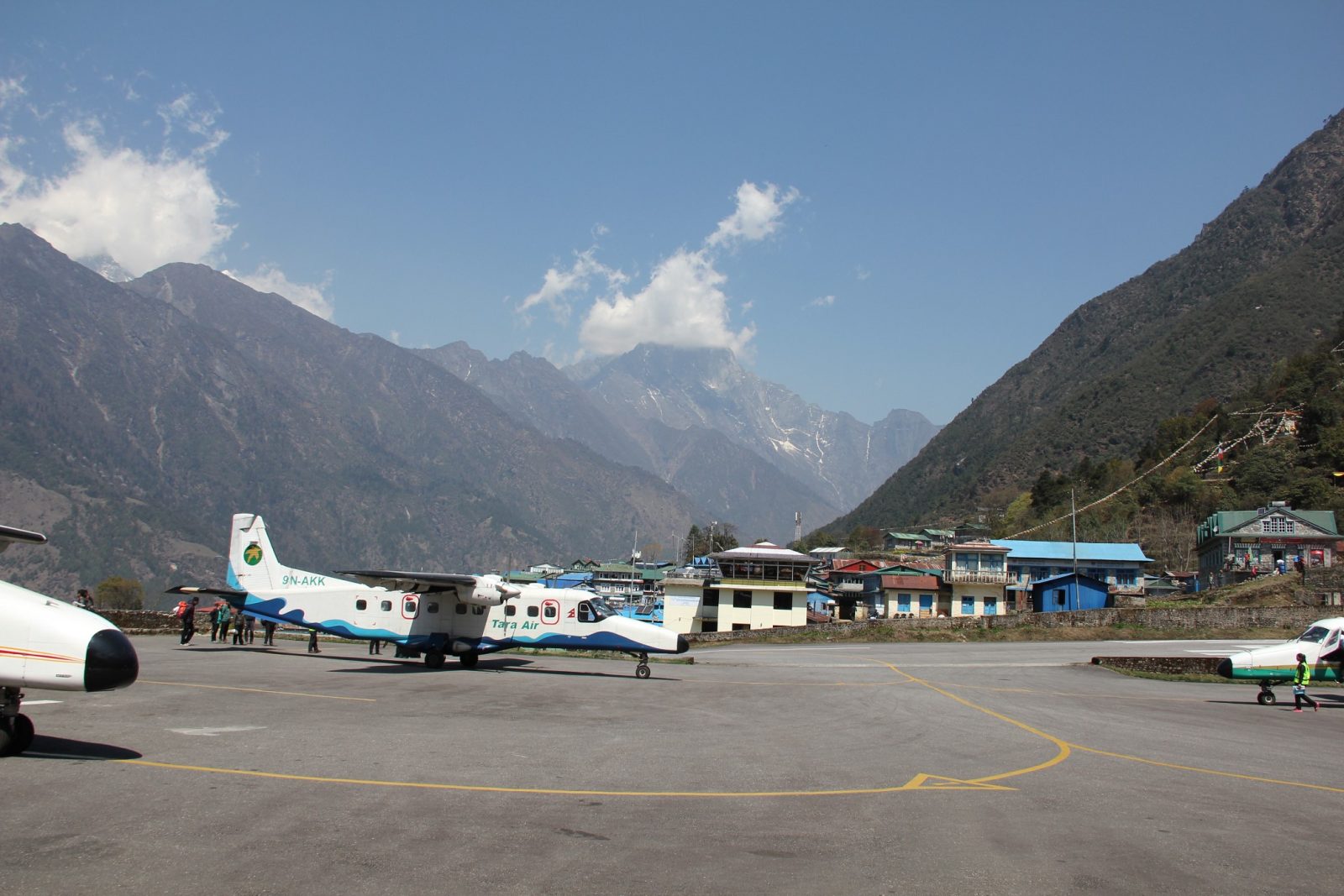
The Road to Everest
It used to be that the quickest way to get to Everest Base Camp was to fly into Lukla airport. Now all that is about to change with the building of...
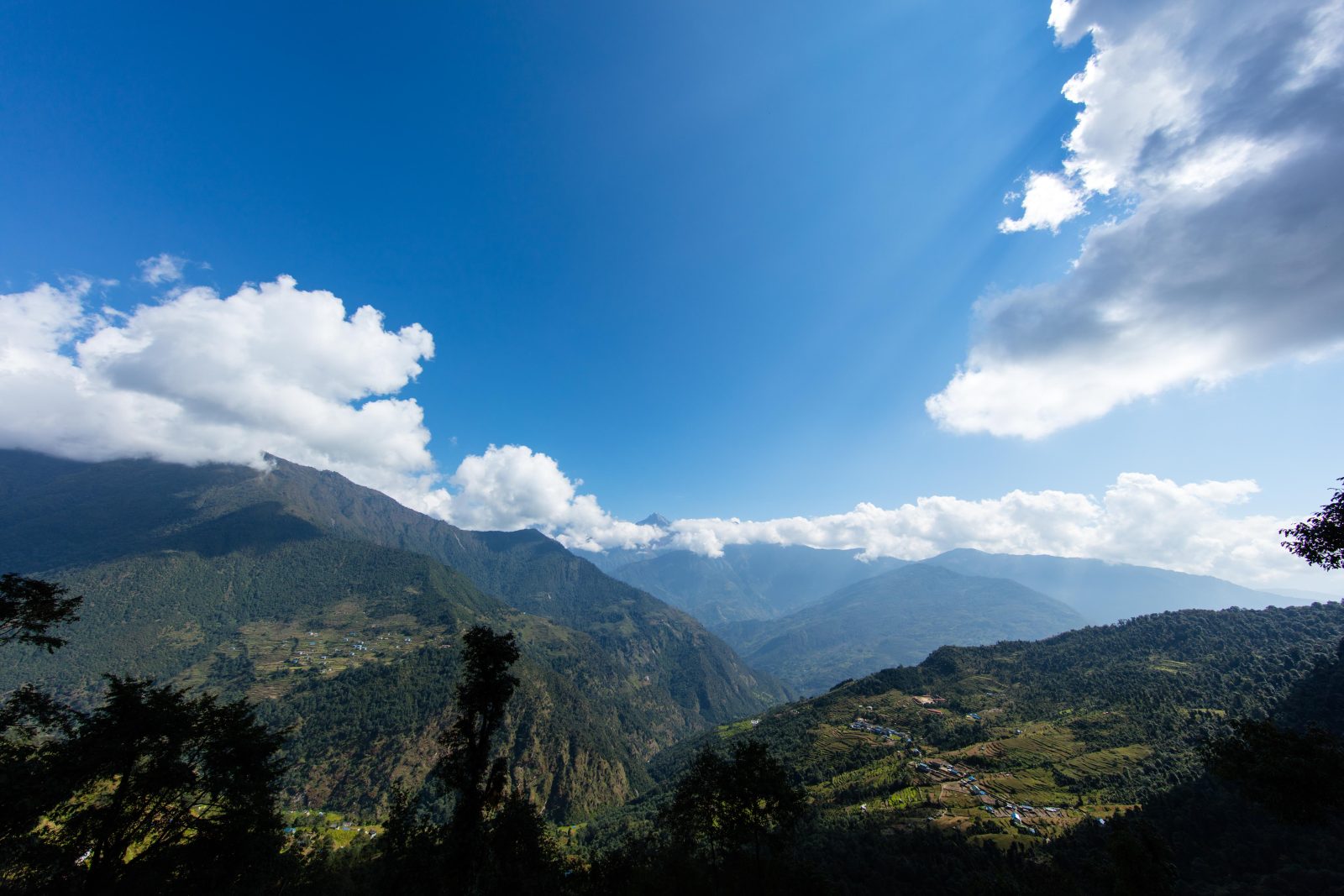
Trekking With Children in Nepal
There are no rules or laws that restrict children trekking in Nepal and it is the perfect place to combine stunning scenery with an incredible...
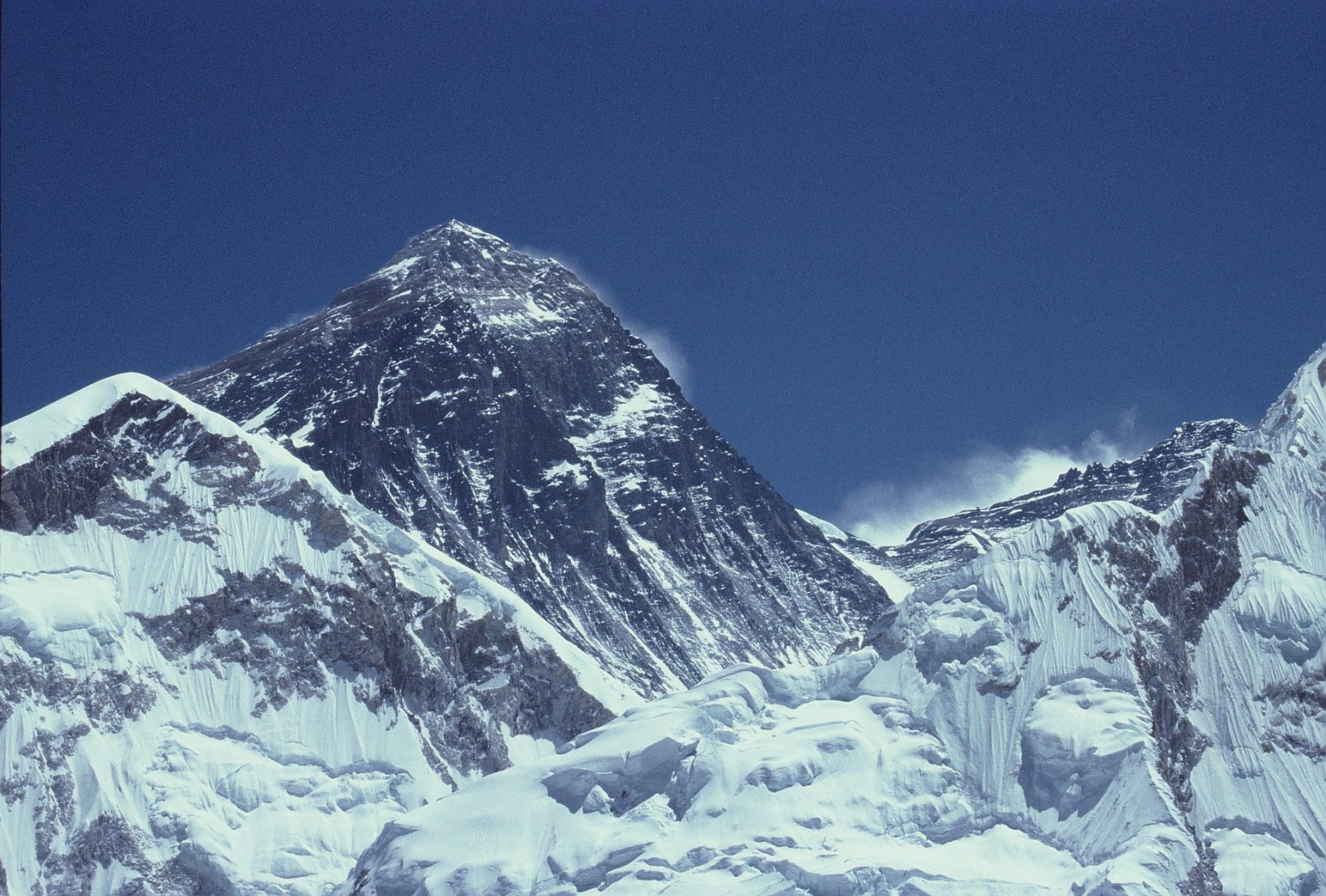
Faking Mount Everest?
An interesting story has come about towards the end of this years season on Mount Everest concerning the claim from an Indian climber that his...

How Hard is it to Trek to Everest Base camp?
A trek to Everest base camp is a very realistic opportunity for most people who enjoy the outdoors and have a good level of fitness and...
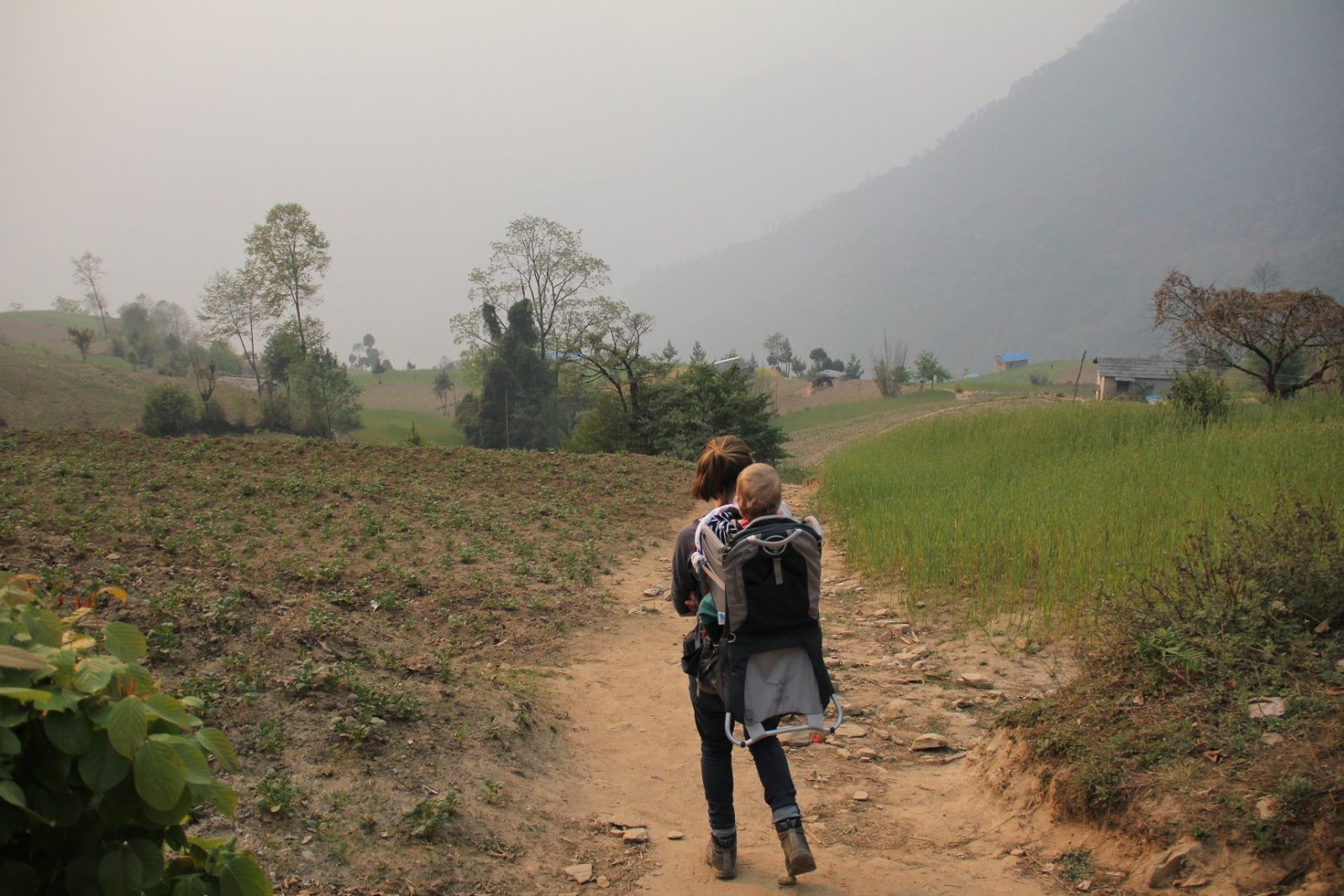
Trekking With Young Children in Nepal
I remember a friend saying he was looking forward to when his children were six or seven years old so that they could go travelling as a family to...

